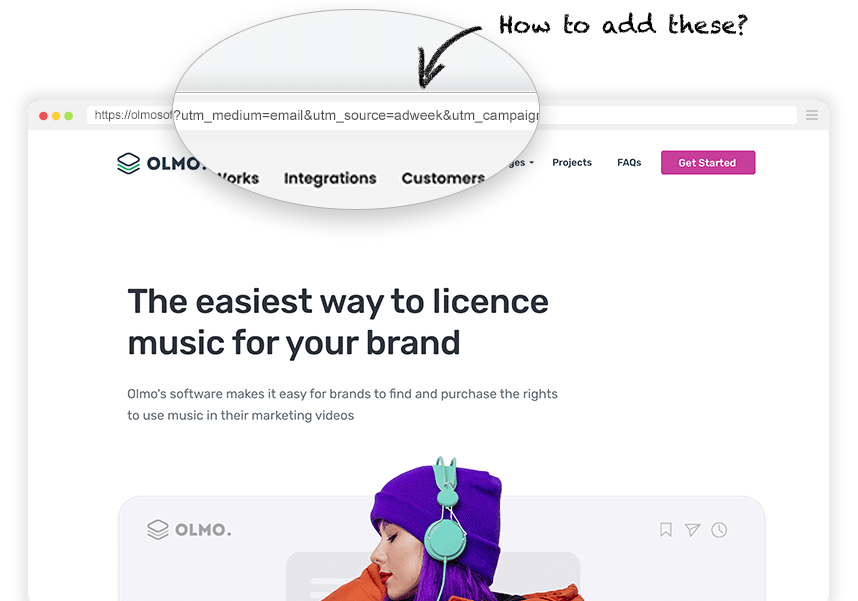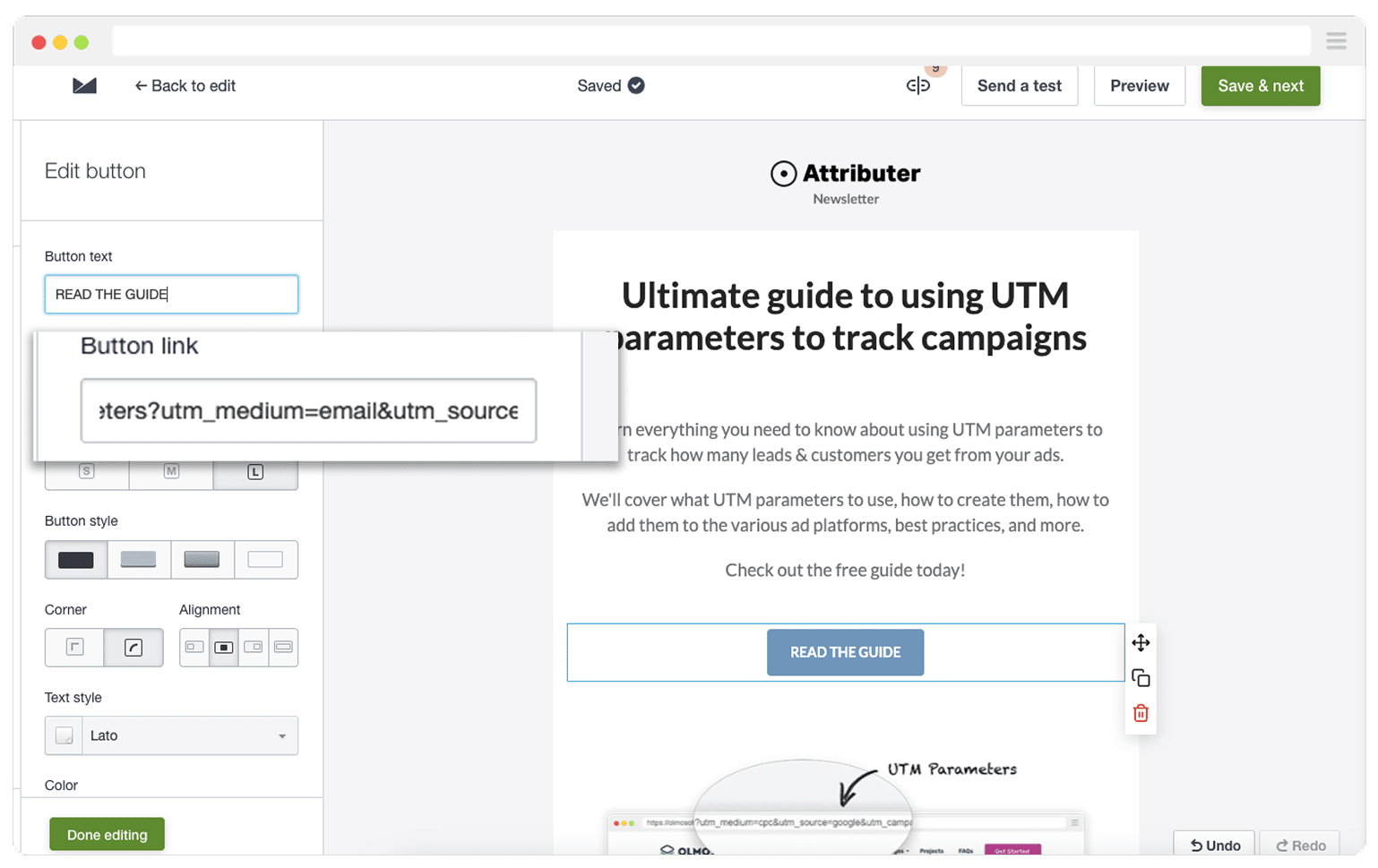What Are UTM Parameters?
UTM (Urchin Tracking Module) parameters are tags added to the end of a URL that allow marketers to track the source, medium, campaign, and other details of website traffic in analytics tools like Google Analytics. For email marketing, these parameters help you understand not just how many people opened or clicked your emails, but what actions they took on your website after clicking—such as page views, conversions, and revenue generated.
Key UTM Parameters for Email Tracking
The main UTM parameters used in email marketing are:
- utm_source: Identifies the origin of the traffic (e.g., “newsletter” or “promotional”).
- utm_medium: Specifies the marketing medium (always use “email” for email campaigns).
- utm_campaign: Names the specific campaign (e.g., “spring_sale” or “welcome_series”).
- utm_content: Differentiates between multiple links or elements within the same email (e.g., “header_button” or “footer_link”).
- utm_term: Optional, typically used for paid search keywords (rarely used in email).
Example URL with UTM parameters:
https://www.example.com/?utm_source=newsletter&utm_medium=email&utm_campaign=spring_sale&utm_content=cta_button
How to Implement UTM Parameters in Email Marketing
- Add UTM tags to every link in your email that points to your website.
- Use consistent naming conventions for sources, mediums, and campaigns to ensure accurate reporting.
- Leverage your email platform’s features—many services (like Mailchimp, Klaviyo, HubSpot) support UTM tagging or provide tools to generate tagged URLs.
- Test your URLs before sending to ensure tracking works as expected.
Benefits of Using UTM Parameters in Email Marketing
- Granular Tracking: See which emails drive the most website visits, conversions, and revenue—not just clicks.
- Campaign Optimization: Identify high-performing emails and elements (e.g., specific CTAs, images, or content) through A/B testing insights.
- Channel Attribution: Understand how email interacts with other marketing channels by comparing UTM-tagged traffic across sources.
- Data-Driven Decisions: Use analytics to refine your email strategy, improve ROI, and allocate resources more effectively.
Best Practices
- Be Consistent: Use the same UTM structure across all campaigns for reliable data.
- Document Your Naming Conventions: Maintain a reference sheet for your team to avoid confusion.
- Review Analytics Regularly: Export and analyze UTM data in Google Analytics or your preferred platform to inform future campaigns.
- Combine with Other Metrics: Use UTM data alongside open rates, click rates, and conversion rates for a complete picture of email performance.
Tools for Generating UTM-Tagged URLs
- Google’s Campaign URL Builder: A free tool for creating UTM-tagged URLs.
- Email Marketing Platforms: Many include built-in UTM tagging features or integrations.
- Third-Party UTM Builders: Online tools that simplify URL generation and management.
Summary Table: UTM Parameters in Email Marketing
| Parameter | Purpose | Example Value |
|---|---|---|
| utm_source | Identifies the sender | newsletter |
| utm_medium | Specifies the channel | |
| utm_campaign | Names the campaign | spring_sale |
| utm_content | Differentiates links/elements | cta_button |
| utm_term | (Optional) Keywords | (rarely used) |
Conclusion
UTM parameters are a powerful, straightforward way to track the effectiveness of your email marketing beyond basic metrics. By tagging your email links, you gain actionable insights into subscriber behavior, campaign performance, and ROI—enabling continuous optimization of your email strategy.





